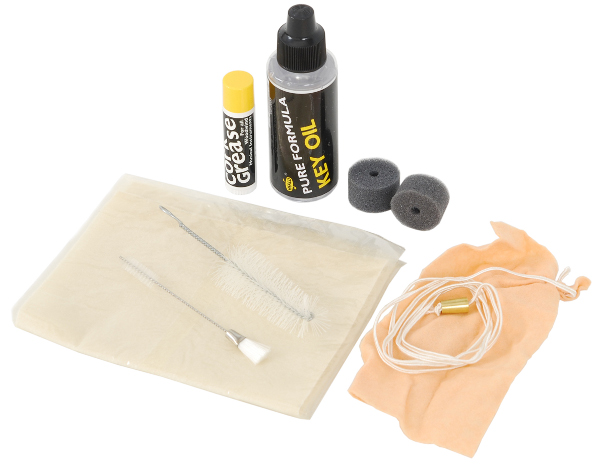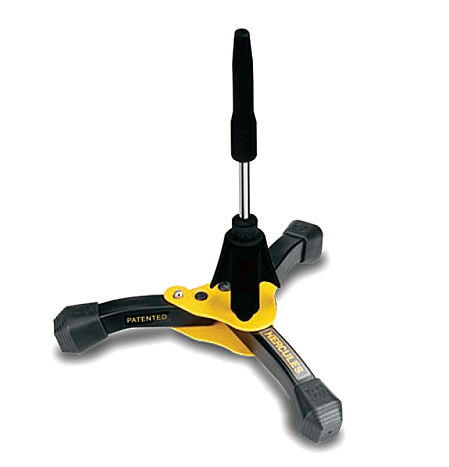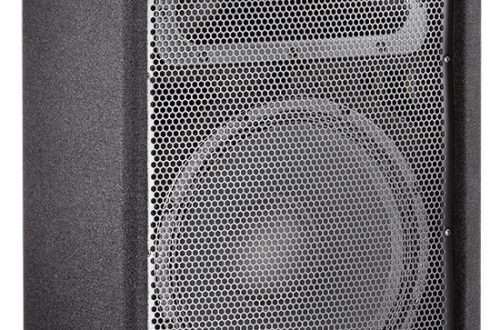
Conservation of the clarinet
See Cleaning and care products at Muzyczny.pl
Playing the clarinet is not only fun. There are also some obligations related to the proper maintenance of the instrument. When you start learning to play, you should familiarize yourself with some rules of keeping the instrument in the best condition and maintaining its components.
There are a few important things to keep in mind when assembling the instrument before the game.
If the instrument is new, lubricate the lower and upper body plugs with a special lubricant several times before reassembling. This will facilitate safe folding and unfolding of the instrument. Usually when buying a new clarinet, such grease is included in the set. If desired, it can be purchased at any music accessories store. Particular care should be taken not to bend the flaps, which, contrary to appearances, are very delicate when folding the instrument. Therefore, it should be kept in the places where there are the least of them (the lower part of the lower body and the upper part of the upper body), especially when inserting the next parts of the clarinet.
When assembling the instrument, it is best to start with a voice spell. First, connect the bowl with the lower body and then insert the upper body. Both bodies should be matched to each other in such a way that the instrument flaps are in line. This allows for a comfortable positioning of the hands in relation to the clarinet. Then insert the barrel and the mouthpiece. The most comfortable way is to rest the voice cup, for example, against your leg and slowly insert the next parts of the instrument. This should be done in a seated position so that the clarinet elements cannot break or otherwise be damaged.

The order in which the instrument is assembled depends on private preferences and habits. Sometimes it also depends on the case in which the instrument is stored, because in some cases (eg BAM) there is one compartment for a voice cup and a lower body that do not need to be disassembled.
It is very important to listen to it before wearing it, soak it well. To do this, place it in a container with a little water and leave it there while the instrument is being disassembled. You can also immerse it in water and put it away, after a while the reed is soaked with water and ready to play. It is recommended to wear the reed when the clarinet is fully unfolded. You can then hold the instrument steadily and wear the reed carefully. It is very important to do this as precisely as possible, because even the slightest unevenness of the reed in relation to the mouthpiece can change the sound of the instrument or the ease of reproduction of the sound.
It sometimes happens that a new reed is soaked in the water too much. Colloquially, musicians then say that the reed “drank some water”. In such a situation, it should be dried, because the excess water in the reed causes it to become “heavier”, it loses its flexibility and makes it difficult to play with precise articulation.
After using the instrument, take off the reed, gently wipe it with water and put it in the T-shirt. The reeds can also be stored in a special case that can hold a few and sometimes a dozen reeds. After use, the clarinet should first of all be wiped well. A professional cloth (also known as a “brush”) can be purchased at any music store, but instrument manufacturers always include such accessories with the purchased model with a case. The most convenient way to clean the clarinet is starting from the side of the voice spell. The cloth weight will enter the flared part freely. You can wipe the instrument without folding it, but just in case you should remove the mouthpiece, which is more convenient to wipe separately. After wiping, the mouthpiece should be folded with the ligature and cap and placed in the appropriate compartment in the case. When wiping the clarinet, be aware of water, which may also collect between the instrument’s parts and under the flaps.

Most often it “comes up” to flaps a1 and gis1 as well as es1 / b2 and cis1 / gis2. You can collect the water from under the flap with a special paper with powder, which must be put under the flap and wait until it is soaked with water. When you have nothing of the kind at hand, you can gently blow it out.
Mouthpiece maintenance is very simple and takes no time. Once every two months, or depending on your preferences and use, the mouthpiece should be washed under running water. A suitable sponge or cloth should be selected for this so as not to scratch the surface of the mouthpiece.
When unfolding the clarinet, also be careful with the flaps and carefully inserting the individual elements into the case. It is good to start disassembling the instrument from the mouthpiece, i.e. in the reverse order of the assembly.
Here are some accessories every clarinet player should have in their case.
Cases for reeds or the T-shirts in which the reeds are located when purchased – it is very important that the reeds, due to their delicacy, be stored in a safe place. Cases and T-shirts protect them against breakage and dirt. Some models of reed cases have special inserts to keep the reeds moist. Such cases are produced, for example, by Rico and Vandoren.
Cloth for wiping the instrument from the inside – preferably it should be made of chamois leather or other material that absorbs water well. It is much better to buy such a cloth than to make it yourself, because they are made of good material, have the right length and a sewn-in weight that makes it easier to pull it through the instrument. Good rags are produced by companies such as BG and Selmer Paris.
Lubricant for corks – it is mainly useful for a new instrument, where the plugs are not yet well fitted. However, it’s a good idea to have it with you at all times in case the cork dries out.
Flap polishing cloth – it is useful for wiping the instrument and degreasing the flaps. It is good to have it in a case so that you can wipe the instrument if necessary, which will prevent your fingers from slipping on the flaps.
Clarinet stand – it will be useful in many situations. Thanks to it, we do not have to put the clarinet in dangerous places, making it vulnerable to warping the flaps or falling.
A small screwdriver – the screws can be slightly unscrewed during use, which, if not noticed, may result in the damper twisting.
Summation
Despite self-maintenance, it is recommended that each instrument should be taken or sent for technical inspection once a year. During such inspection, the specialist determines the quality of the material, the quality of the cushions, the evenness of the flaps, he can eliminate play in the flaps and clean the instrument in hard-to-reach places.
Comments
I have a question. I have been playing in the rain recently and the kalrnet has discoloration now, how to get rid of them?
Clarinet3
How to clean a cloth / brush?
Ania
I forgot to lubricate the plugs between the upper and lower bodies once and now it does not move, I cannot separate them. What should I do
Marcelina





